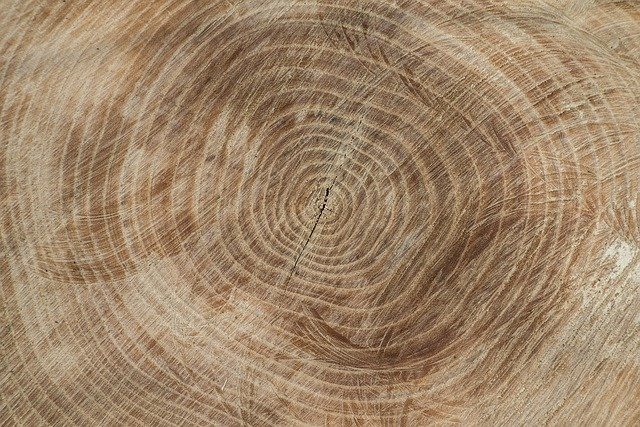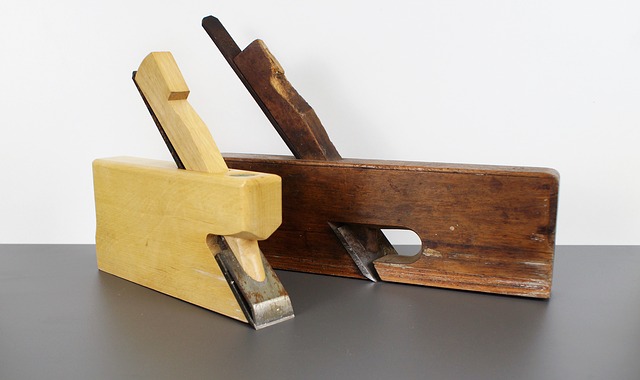In sawmills where logs are processed, all wood must be sorted. This produces several sizes of lumber of varying quality. Lumber is sorted by size before drying and sorted by quality after drying. Lumber is graded by quality. Lumber is graded according to quality, that is, according to defects, shape stability, and required strength of the material. They are also graded according to their intended use, such as whether they are to be used for building and construction materials or for furniture.

Wood blanks are processed by cutting
.
Woodworkers use a saw as the basic tool for cutting wood blanks. The saw blade is attached to a frame saw or a blade with a handle is used. There are many types of saws, varying in shape, size, and number of teeth.
Carpenters often work with frame saws. The blade of the saw is held in place by a wooden clamp that serves as a handle, and the whole forms a rectangular frame. By rotating the handle, the saw blade can be tilted to different angles, and frame saws can be used to cut wide pieces of wood.

Frame saws can be divided into the following types.
Rip saws- used for rough cutting of longitudinal and transverse timber
.
Jigsaws– used for jigging precise rounded shapes
.
Setting saws
– used for cutting and trimming any member of a structural joint .
Saw blades with handles are distinguished primarily by their use
.
They are generally used when the use of frame saws is difficult.
Tail saws- classic hand saws for basic cutting (and also for cutting larger dimensions)
Hole saws [33
hole saw– cuts various rounded shapes with a large cutting surface.
Tenon saws– measure the space of so-called tenons
.
Jigsaw– cuts jig grooves to exact dimensions
.
Veneer saw– for special cutting of thin veneer
.
Woodworking by planing [45].
When you start woodworking, sooner or later you will come across planing. Of course, one can plane mechanically with a planer, but mastering the use of a hand plane is also a fundamental part of woodworking. In doing so, the woodworker also learns to understand this particular material and to recognize the different qualities of softwoods and hardwoods.
The planer consists of a planing blade, called a shackle, a wedge, a bed, and a pin. The planer blade (wedge) is usually at a 45-degree angle to the work surface. There is also the principle that the knife must always be sharpened correctly at a 25-degree angle. If the blade is dull, the wood will split and the cut will not be of the desired quality.
They are generally used when the use of frame saws is difficult.
When you start woodworking, sooner or later you will come across planing. Of course, one can plane mechanically with a planer, but mastering the use of a hand plane is also a fundamental part of woodworking. In doing so, the woodworker also learns to understand this particular material and to recognize the different qualities of softwoods and hardwoods.
The planer consists of a planing blade, called a shackle, a wedge, a bed, and a pin. The planer blade (wedge) is usually at a 45-degree angle to the work surface. There is also the principle that the knife must always be sharpened correctly at a 25-degree angle. If the blade is dull, the wood will split and the cut will not be of the desired quality.
